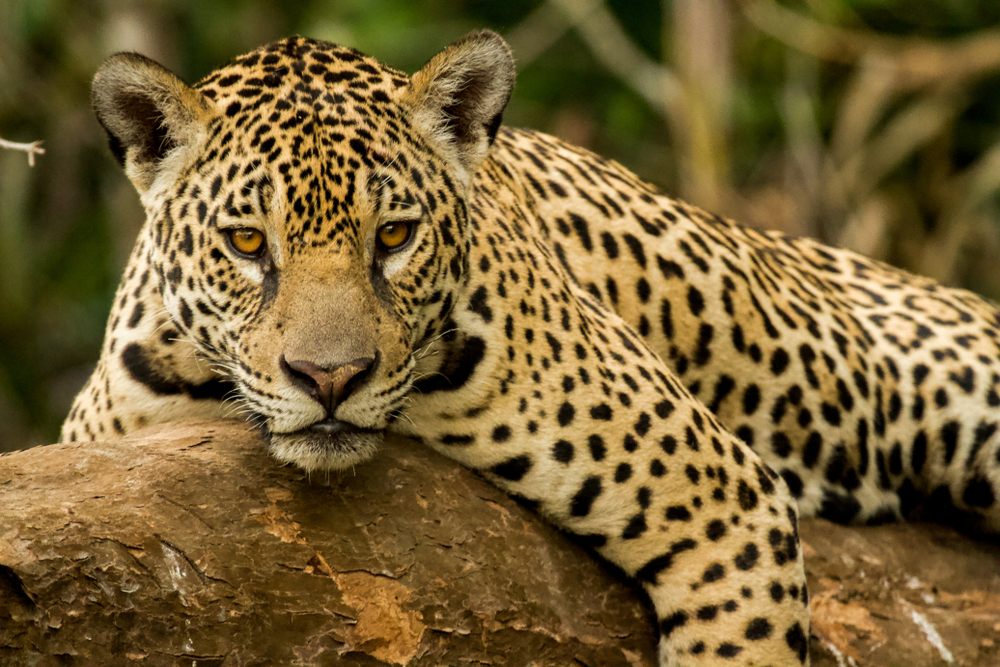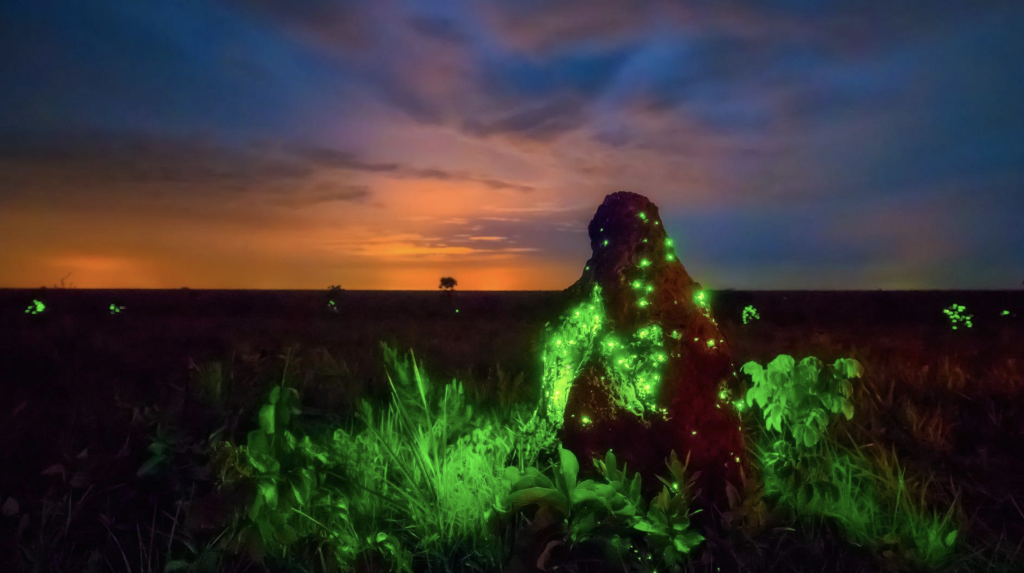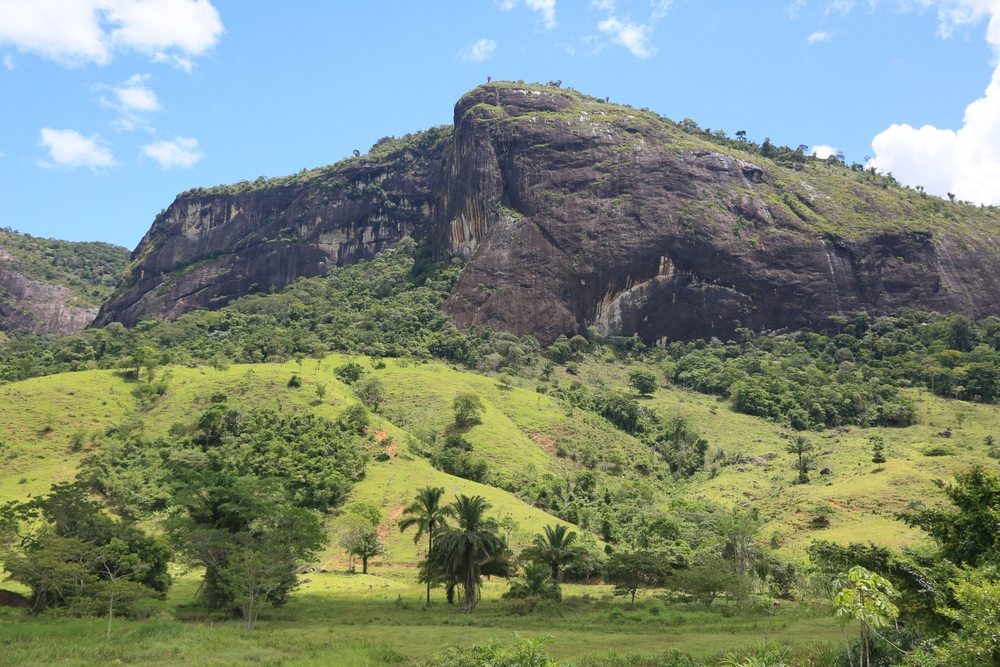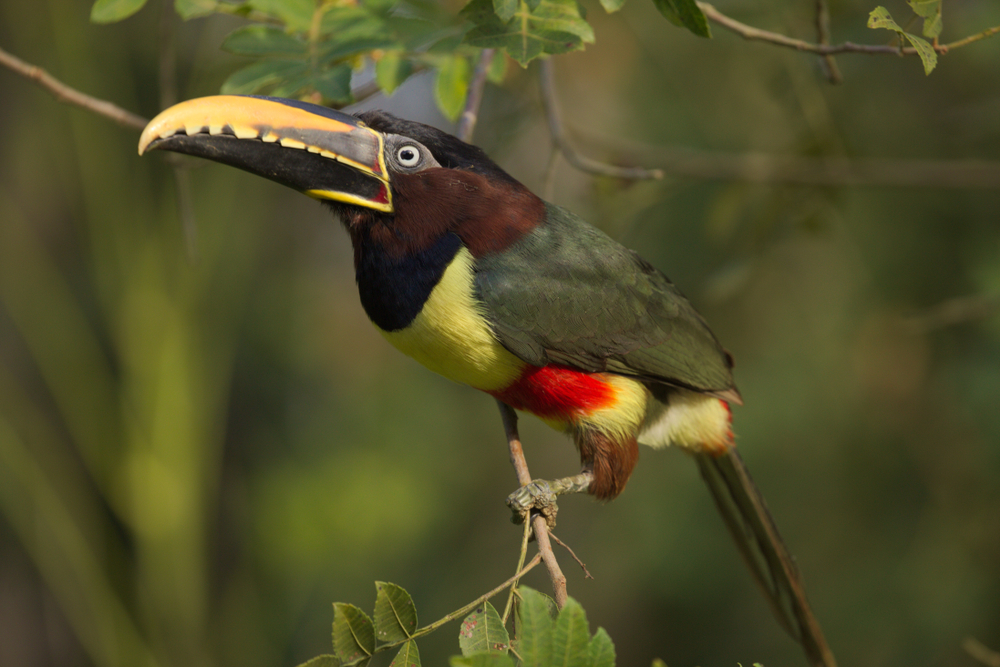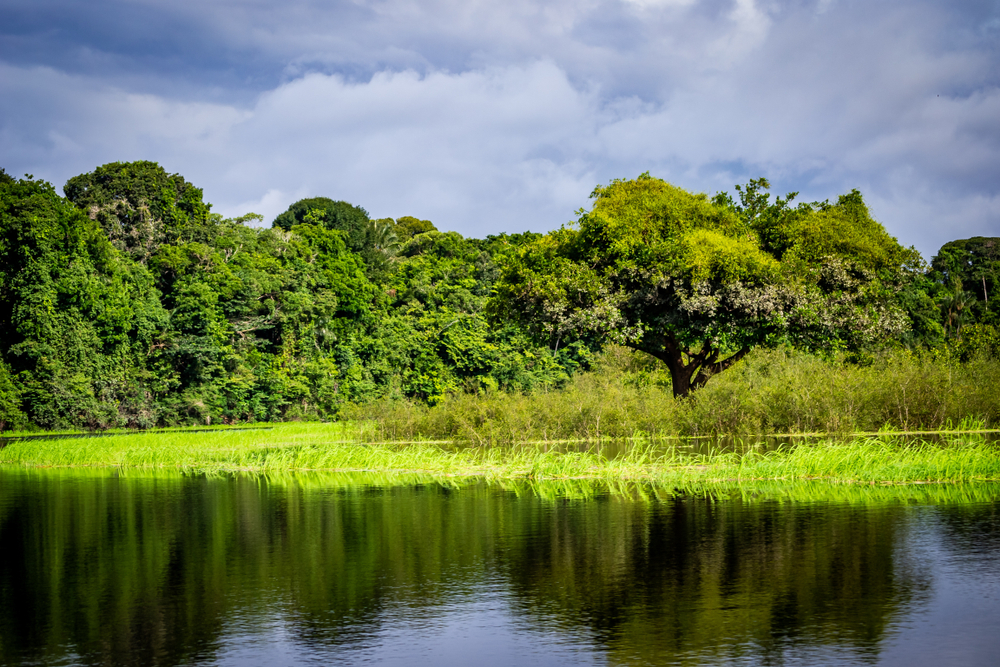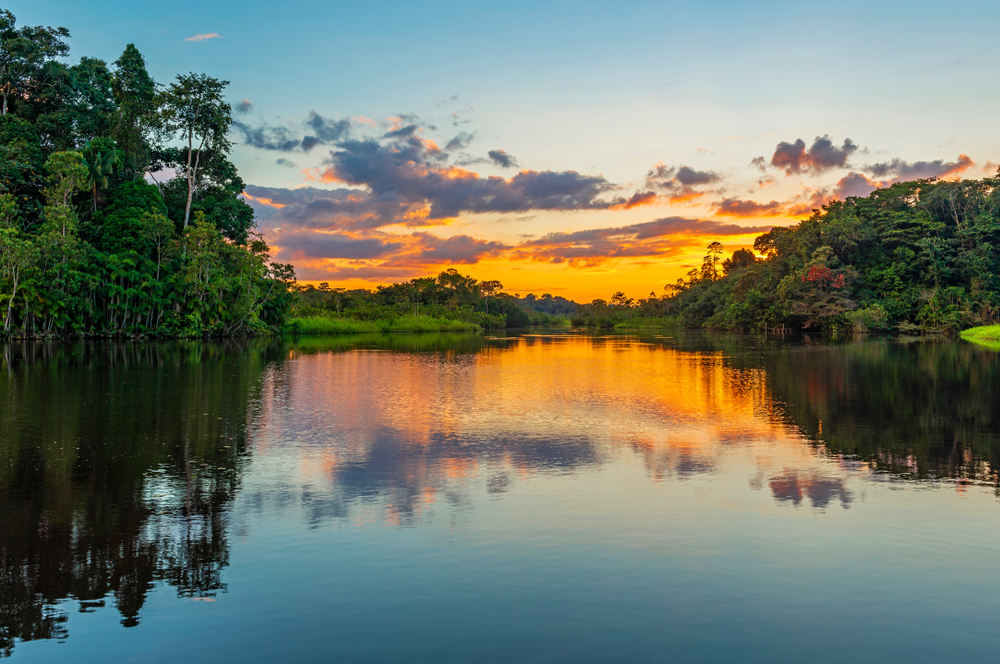Boa Nova Overview
Boa Nova National Park, known locally as Parque Nacional de Boa Nova, is located in the state of Bahia in northeastern Brazil. Spanning approximately 455 square miles, or 1,179 square kilometers, the park sits at the transition zone between the Atlantic Forest and the Caatinga, two of Brazil’s most distinct biomes.
This unique placement gives the park a remarkable ecological diversity that is rare even in a country known for its natural richness. The park is situated near the municipality of Boa Nova and is a critical area for conservation in a region experiencing increasing environmental pressures.
The terrain within Boa Nova National Park is characterized by a mixture of rugged hills, steep escarpments, and narrow valleys. These physical formations are often covered in a patchwork of semi-deciduous forest and dry thorny scrub typical of the Caatinga, interspersed with moist forest fragments from the Atlantic Forest.
This blend results in a vibrant mosaic of vegetation types, from flowering cacti and bromeliads to dense canopies of tall trees and lush understory. Some areas, especially at higher elevations, offer dramatic views of forest-covered ridges and rocky outcrops, showcasing the scenic beauty that draws nature lovers and researchers alike.
Wildlife is a major draw for visitors to Boa Nova National Park, particularly birdwatchers. The park is internationally recognized as a hotspot for avian biodiversity, with over 400 bird species recorded. Notable among them is the slender antbird, a species once considered extinct until it was rediscovered in the park’s forests.
Other important bird species include the Bahia spinetail and the narrow-billed antwren. Mammals such as the maned wolf, jaguarundi, and various species of armadillos and small primates can also be spotted, though they are more elusive. The combination of forest and dryland ecosystems supports a complex food web that allows for a diverse array of species to thrive.
Visitors are often drawn to Boa Nova National Park for its exceptional birdwatching opportunities, as well as for hiking and nature photography. Trails through the park offer access to different elevations and habitat types, providing varied experiences throughout the year.
Educational programs and guided tours are available, especially in areas where research and conservation initiatives are active. The park also serves as an open-air laboratory for scientific studies on habitat restoration and species recovery, making it a hub for environmental education and ecotourism.
Conservation efforts in Boa Nova National Park have seen significant progress, especially in protecting endangered bird species and restoring degraded land. However, the park still faces challenges from illegal logging, hunting, and encroachment from nearby agricultural activities.
Continued support from local communities, NGOs, and government agencies has proven essential in maintaining surveillance, enforcing regulations, and promoting sustainable use of resources.
Public awareness campaigns and partnerships have played a role in fostering a sense of stewardship among residents and visitors, helping to ensure the park’s long-term protection and ecological integrity.












































































